这篇推文抛砖引玉的介绍如何使用循环神经网络逼近一系列向量,特别的是,将使用LSTM架构。
根据先前的观察预测一系列实数。 传统的神经网络架构不能做到这一点,这就是为什么要复制神经网络来解决这个问题,因为它们允许存储以前的信息来预测将来的事件。
在这个例子中,将尝试预测一些功能:
sin
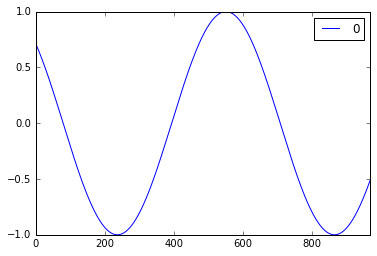
sin and cos on the same time
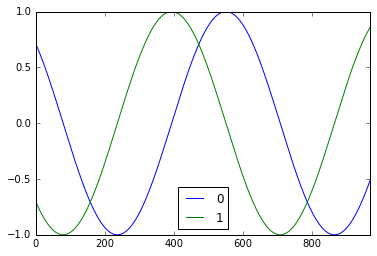
x*sin(x)
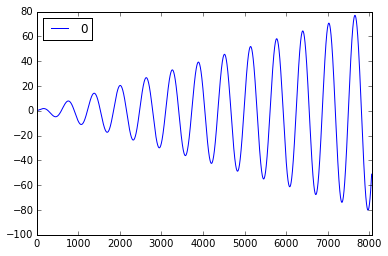
模型的建立
首先建立模型,lstm_model,该模型是不同时间步骤的堆叠lstm单元的列表,后面是一个密集层。
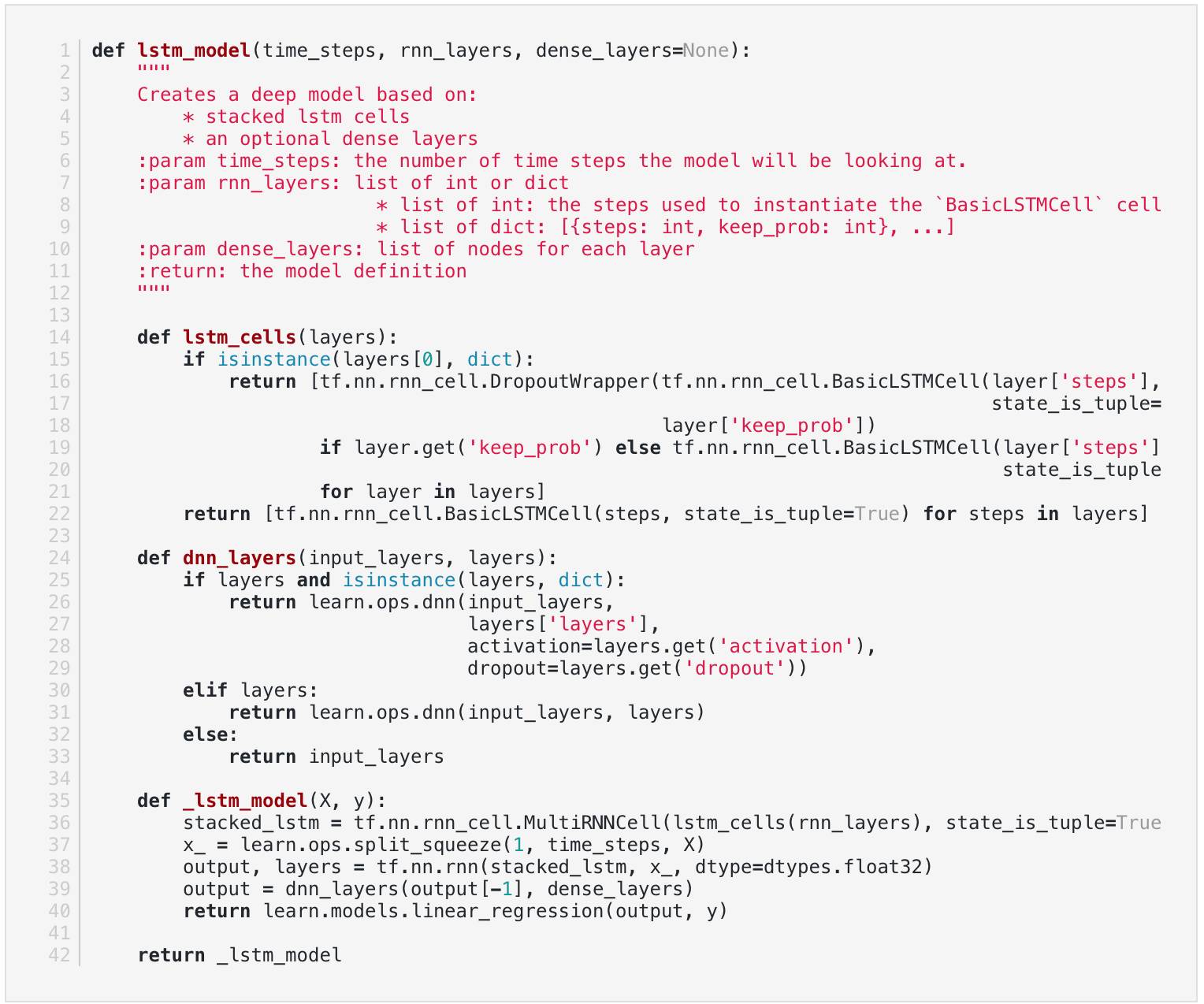
因此,我们的模型期望一个维度对应的数据((batch size, time_steps of the first lstm cell, num_features in our data)
接下来,我们以模型可以接受的方式准备数据。
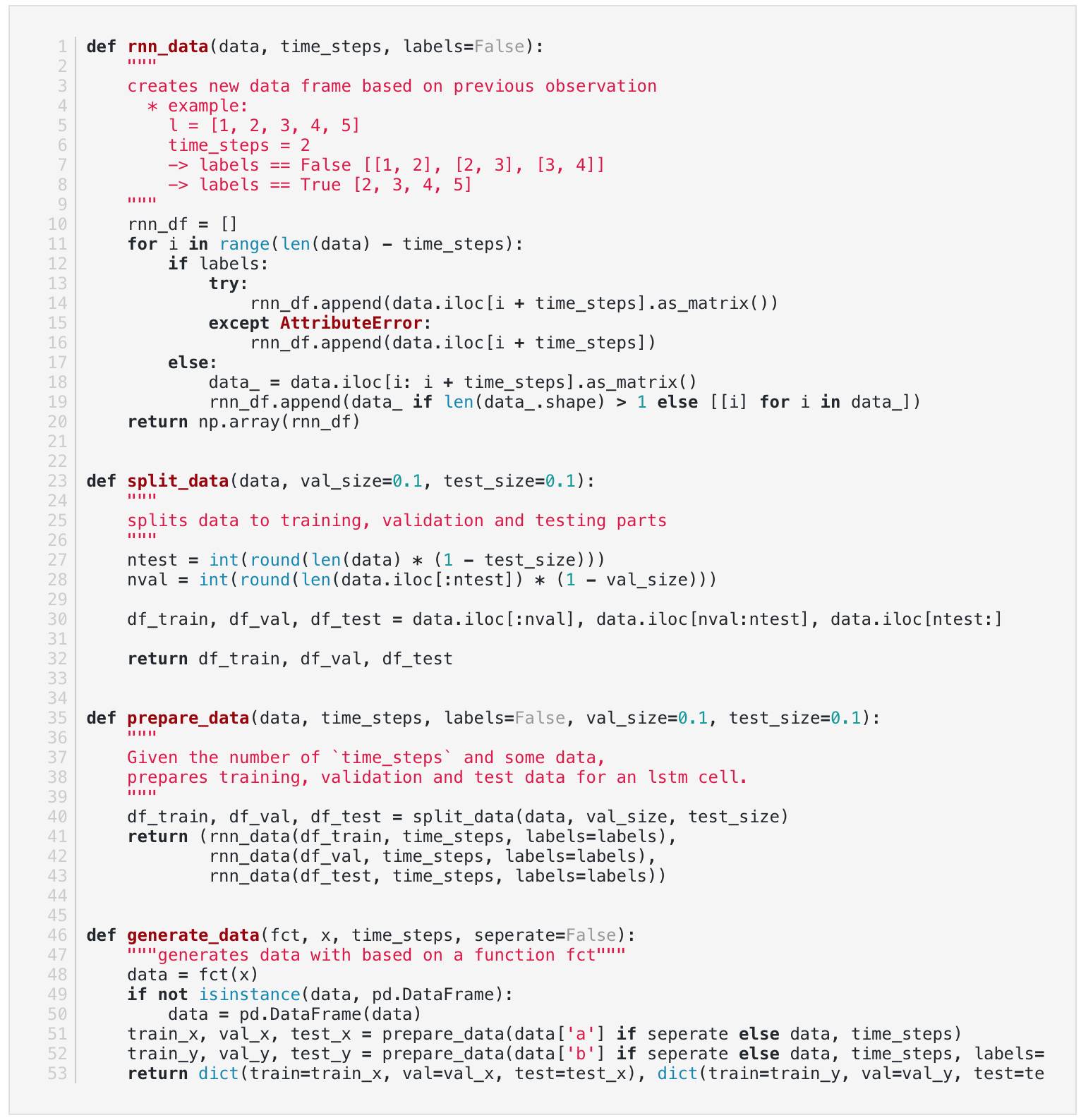
这将创建一个数据,这将允许我们的模型查看time_steps在过去的次数,以进行预测。 所以如果我们的第一个单元格是10个time_steps单元格,那么对于我们想做的每个预测,我们需要为单元格提供10个历史数据点。 y值应该对应于我们想要预测的数据的第十个值。
我们首先定义超参数

现在我们可以根据我们的模型创建一个回归函数

预测sin函数

测试集

real sin function
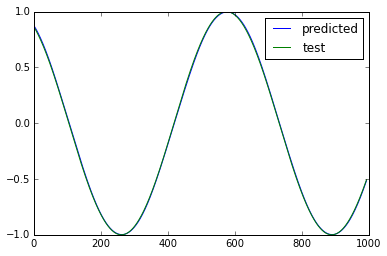
一起预测sin和cos函数
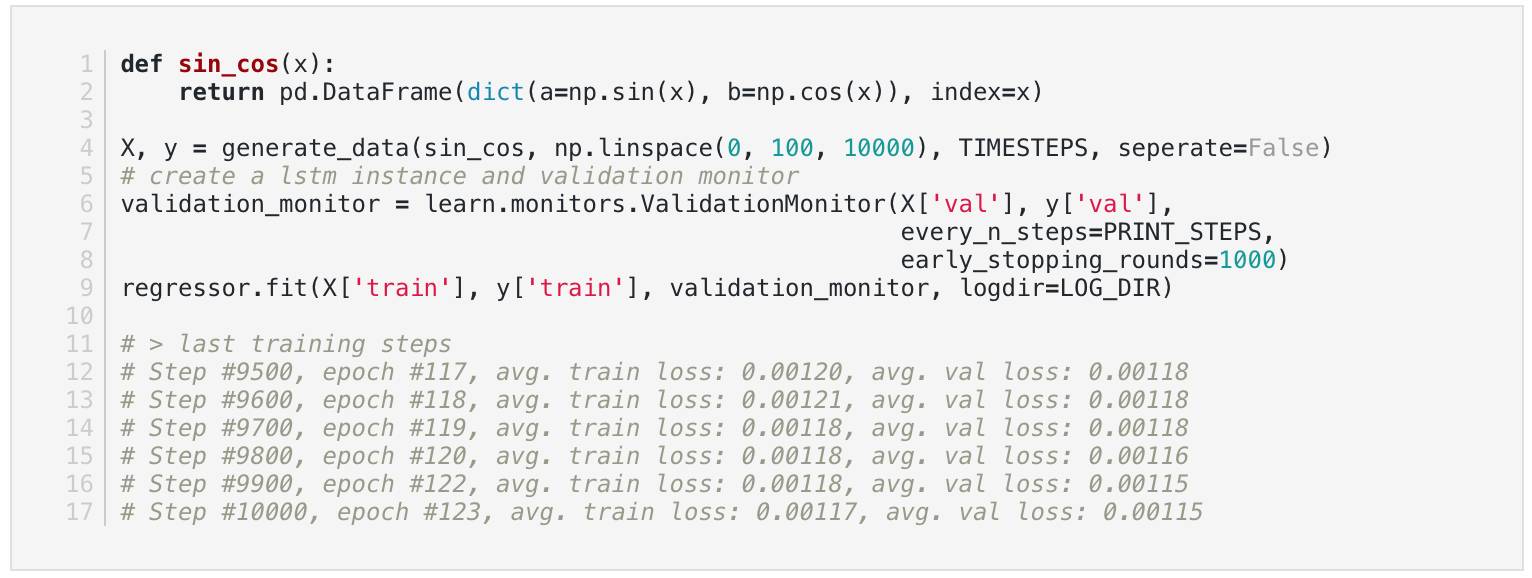
测试集

predicted sin-cos function
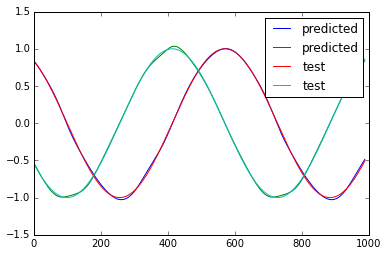
x*sin
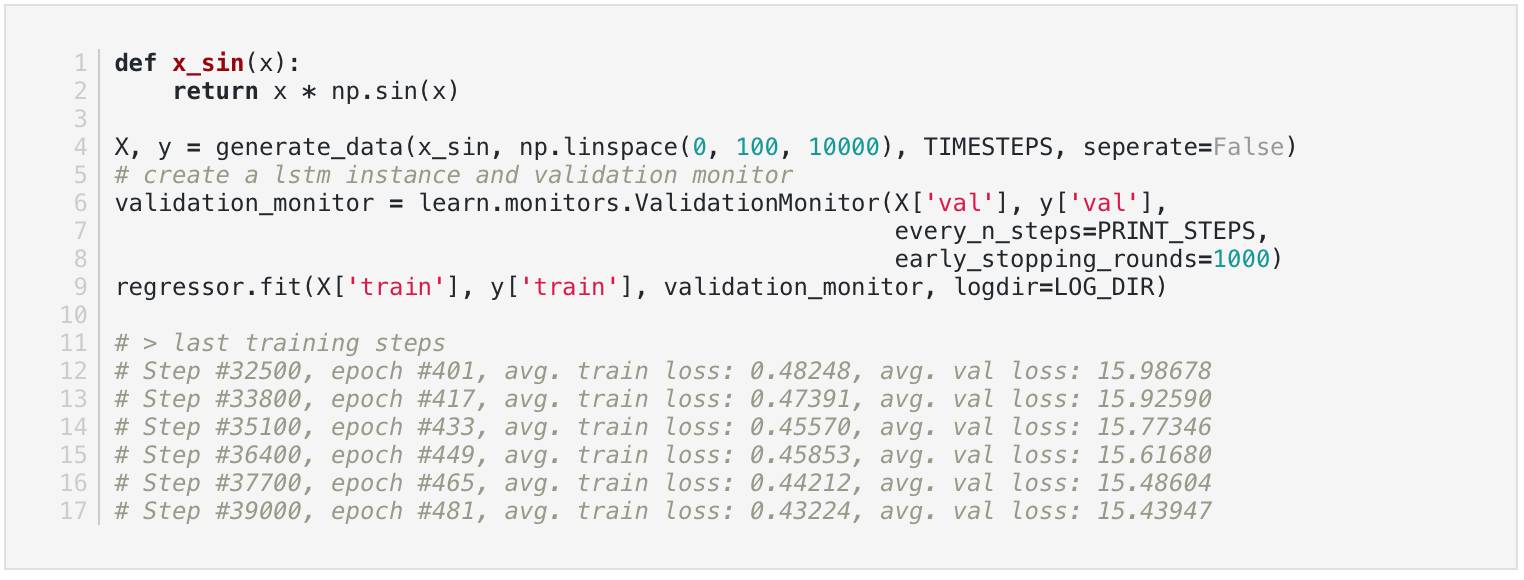

真实 x*sin
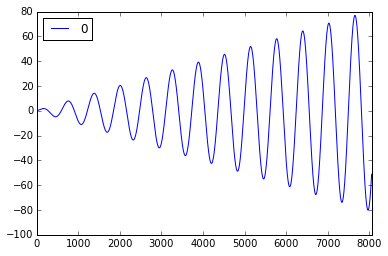
预测 x*sin
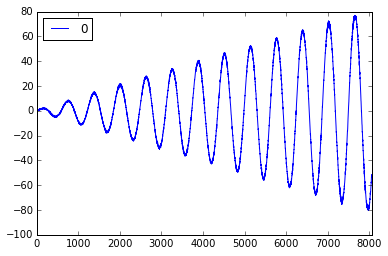
model loss
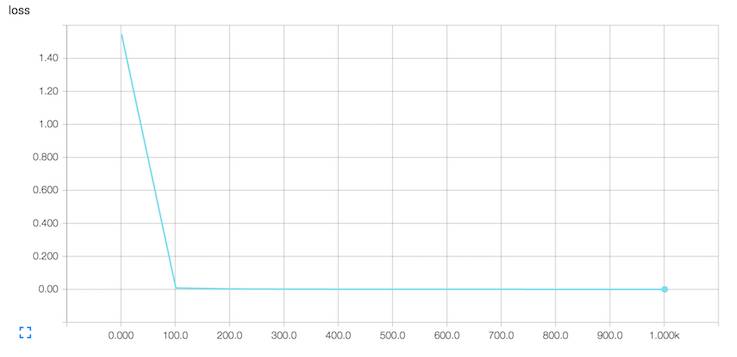
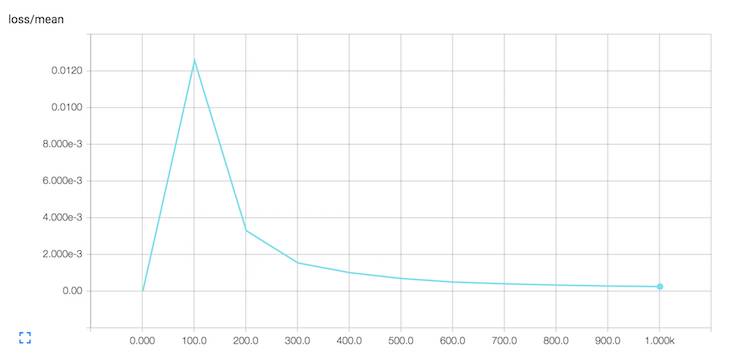
It is reccomended that you create a virtualenv for the setup since this example is highly dependant on the versions set in the requirements file.
$ virtualenv ~/python/ltsm
$ source ~/python/ltsm/bin/activate
(ltsm) $
This example depends on tensorflow-0.11.0 to work. You will first need to install the requirements. You will need the appropriate version of tensorflow for your platform, this example is for mac. For more details goto TAG tensorflow-0.11.0 Setup
(ltsm) $ pip install -U https://storage.googleapis.com/tensorflow/mac/cpu/tensorflow-0.11.0-py3-none-any.whl
(ltsm) $ pip install -r ./requirements.txt
Three Jupyter notebooks are provided as examples on how to use lstm for predicting shapes. They will be available when you start up Jupyter in the project dir.
(ltsm) $ jupyter notebook